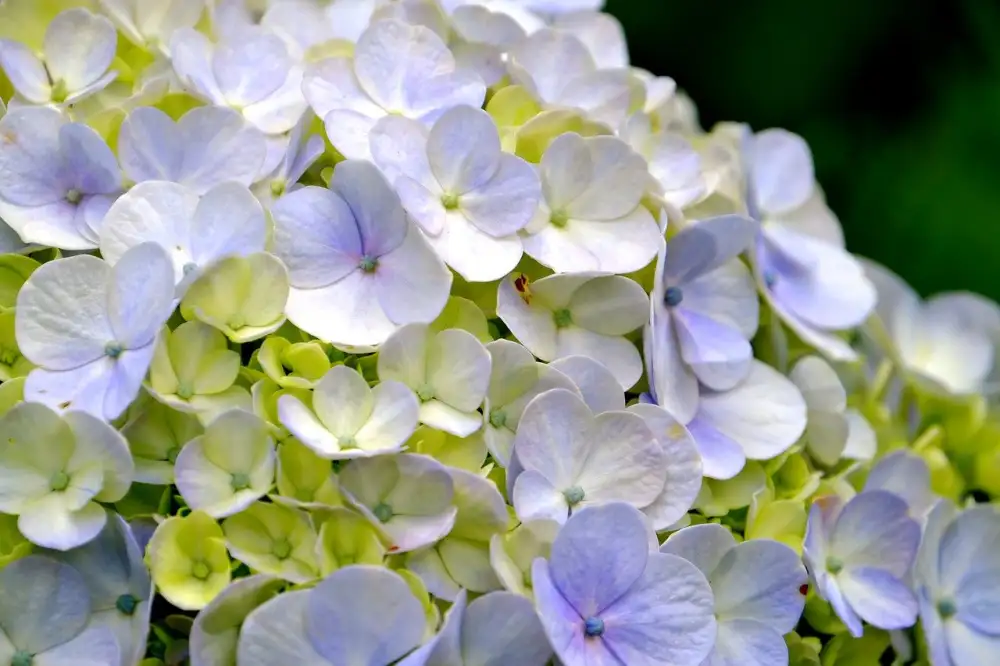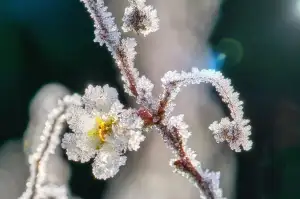Mastering Hydrangea Care: Essential Tips for Thriving Blooms at Home

Hydrangeas are popular flowering shrubs known for their large, showy blooms in various colors such as blue, pink, purple, and white. They belong to the Hydrangeaceae family and are native to Asia and the Americas. These versatile plants can thrive in different climates and soil conditions, making them a favorite among gardeners worldwide. With proper care and attention, hydrangeas can brighten up any garden or landscape with their stunning flowers that bloom from spring to fall.
Selecting the Right Location
Selecting the right location is crucial for the successful growth of hydrangeas. These plants thrive in well-drained soil that is rich in organic matter. Choose a spot with partial shade to protect them from harsh afternoon sun, especially in hotter climates. Hydrangeas prefer morning sun and afternoon shade or dappled light throughout the day. Avoid planting them in areas prone to strong winds, as this can damage their delicate blooms and foliage. Additionally, ensure there is enough space for the hydrangea to grow without being overcrowded by other plants. By providing the ideal conditions, you can help your hydrangeas flourish and produce beautiful blooms.
Proper Watering Techniques
Proper watering is essential for the health and vitality of hydrangeas. These plants prefer moist, well-drained soil to thrive. Water deeply once a week, allowing the water to penetrate at least 6-8 inches into the soil to encourage deep root growth. Avoid frequent shallow watering, as this can lead to weak root systems. Mulching around the base of the plant can help retain moisture and regulate soil temperature. During hot summer months, hydrangeas may require more frequent watering to prevent wilting. Be cautious not to overwater, as this can cause root rot and other issues.
Fertilizing Hydrangeas
Fertilizing hydrangeas is essential for promoting healthy growth and vibrant blooms. It's best to fertilize in the spring or early summer using a balanced slow-release fertilizer specifically formulated for acid-loving plants. Avoid high-nitrogen fertilizers, as they can result in lush foliage but fewer blooms. Follow the instructions on the fertilizer package for proper application rates. Over-fertilizing can lead to excessive foliage growth at the expense of flowers. Remember to water your hydrangeas after fertilizing to help nutrients penetrate the soil and reach the roots effectively.
Pruning Guidelines
Pruning hydrangeas is essential for maintaining their health and promoting optimal blooming. The timing of pruning depends on the type of hydrangea. For smooth hydrangeas (Hydrangea arborescens) and panicle hydrangeas (Hydrangea paniculata), it's best to prune in late winter or early spring before new growth emerges. For bigleaf hydrangeas (Hydrangea macrophylla) and oakleaf hydrangeas (Hydrangea quercifolia), it's recommended to prune right after they finish flowering in summer. When pruning, remove dead or weak stems at the base and cut back older stems to encourage new growth. Avoid heavy pruning, as this can reduce flowering potential for the following year.
Dealing with Common Hydrangea Pests and Diseases
Hydrangeas are susceptible to various pests and diseases that can affect their growth and overall health. Common pests include aphids, spider mites, and Japanese beetles, which can cause damage to the leaves and flowers. To combat these pests, regular inspections of the plant are essential. In case of an infestation, insecticidal soap or neem oil can be used as organic remedies.
Diseases such as powdery mildew, leaf spot, and bacterial wilt can also impact hydrangeas. Proper air circulation around the plant by avoiding overcrowding and watering at the base of the plant can help prevent these diseases. If signs of disease appear, affected areas should be pruned and disposed of properly to prevent further spread.
It is important to monitor your hydrangeas regularly for any signs of pests or diseases so that prompt action can be taken to protect your plants and ensure they continue to thrive in your garden.
Winter Protection Tips
As the cold weather approaches, it is crucial to protect your hydrangeas from harsh winter conditions. One effective method is to apply a layer of mulch around the base of the plant to insulate the roots and retain moisture. This will help prevent frost heaving, which can damage the roots. Additionally, consider wrapping burlap around the shrub to shield it from strong winds and heavy snow accumulation. Avoid pruning in late fall or early winter, as this can stimulate new growth that may be susceptible to frost damage. By taking these precautions, you can ensure that your hydrangeas survive the winter months and thrive come springtime.
In conclusion, mastering hydrangea care is essential for thriving blooms at home. By selecting the right location with adequate sunlight and well-draining soil, proper watering techniques, timely fertilizing, and following pruning guidelines, you can ensure healthy growth and abundant blooms. Additionally, being vigilant against common pests and diseases, providing winter protection, and seeking further resources from local nurseries or online gardening forums will help you maintain beautiful hydrangeas in your garden. Remember, with proper care and attention, your hydrangeas will reward you with stunning flowers year after year.
Published: 22. 04. 2024
Category: Home



